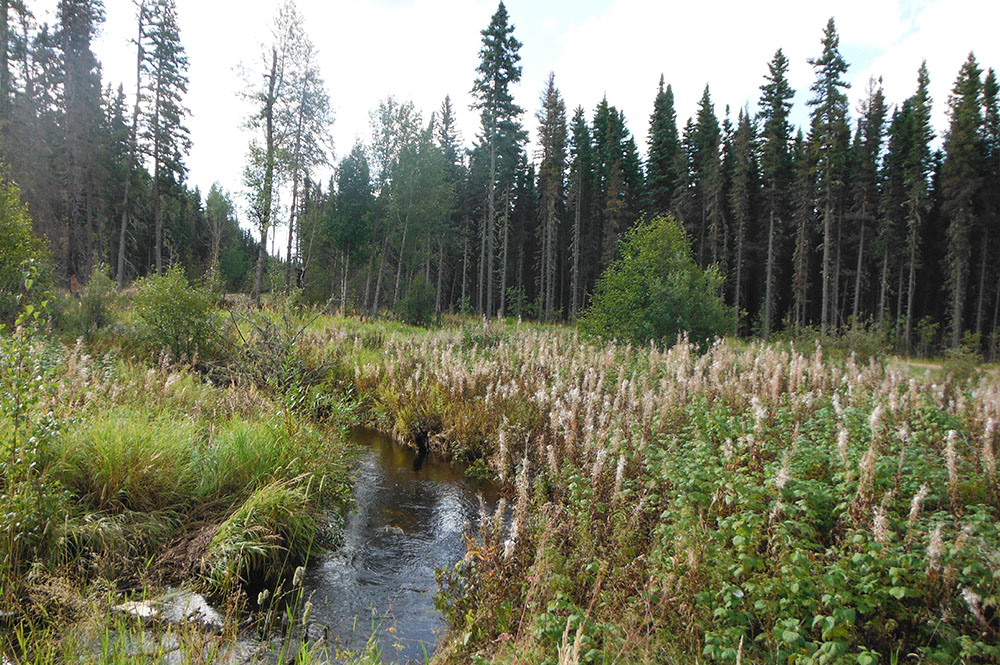As of January 1, 2019, the Government of Alberta has enacted the Remediation Certificate Amendment Regulation, which features several updates to the previous Remediation Certificate Regulation. These changes include adaptations to reporting requirements, the inclusion of additional details on EPEA remedial measures as well as additional guidelines for remediation, and the addition of new certifications and compliance letters. Read on to learn more about the importance of remediation when it comes to protecting our natural resources, as well as what to expect with the revised Remediation Regulation below.
What Does Remediation Accomplish?
Remediation refers to the treatment and removal of contaminants from soil, groundwater, sediment and other media. Contaminants such as fuel, pesticides, heavy metals and other chemicals can drastically affect the vitality of an area, presenting health hazards for flora and fauna, wildlife, and even residents of surrounding communities that may come into contact with polluted plants or water. Remediation helps to mitigate these dangers, returning the soil to a state of beneficial re-use.
Exploring The Remediation Certificate Amendment Regulation
As mentioned above, the recent changes to existing remediation regulation enter effect at the start of 2019. These alterations are the result of several years of stakeholder review, as well as consultation led by Alberta Environment and Parks, with the intent of increasing efficiency and enhancing remediation efforts province-wide. Key changes include:
- Reporting requirements: under the new Regulation, there is a duty to report new information regarding the impact of a released substance to a person or land. Such information must be reported to an affected person, as well as the Director at the time of discovery, with the duty to report falling to the person(s) who releases, causes, or permits the release of a substance. The person responsible for the release of a substance is also has a duty to take “all reasonable measures to repair, remedy, and confine the effects of the substance, and remediate, manage, remove, or otherwise dispose of the substance” by means that adhere to the new timeline proposed by the Regulation.
- Additional guidelines for remediation: In addition to the Alberta Tier 1 and Tier 2 Soil and Groundwater Remediation guidelines, The Regulation now features the Environmental Site Assessment Standard, Exposure Control Guide, and Risk Management Plan Guide.
- The Regulation also introduces both a site-based remediation certificate, as well as an Alberta Tier 2 compliance letter. The former is issued to signify that a site has been sufficiently remediated, and the latter confirms that an area of land or job site meets the Tier 2 Soil and Groundwater Remediation Guidelines and does not need to be remediated.
Forging A Path Forward
With the new guidelines now in place, remediation efforts have the potential to increase their scope and effect. As the field continues to evolve, the need for companies to ensure their sites abide by guidelines becomes increasingly important. Partnering with a leading consultancy such as ESAK Consulting Ltd. makes it easy to stay on top of changing standards and ensure that your remediation efforts are sufficient. Learn how we can assist with remediation, reclamation, and other environmental services by contacting our team today.


Recent Comments